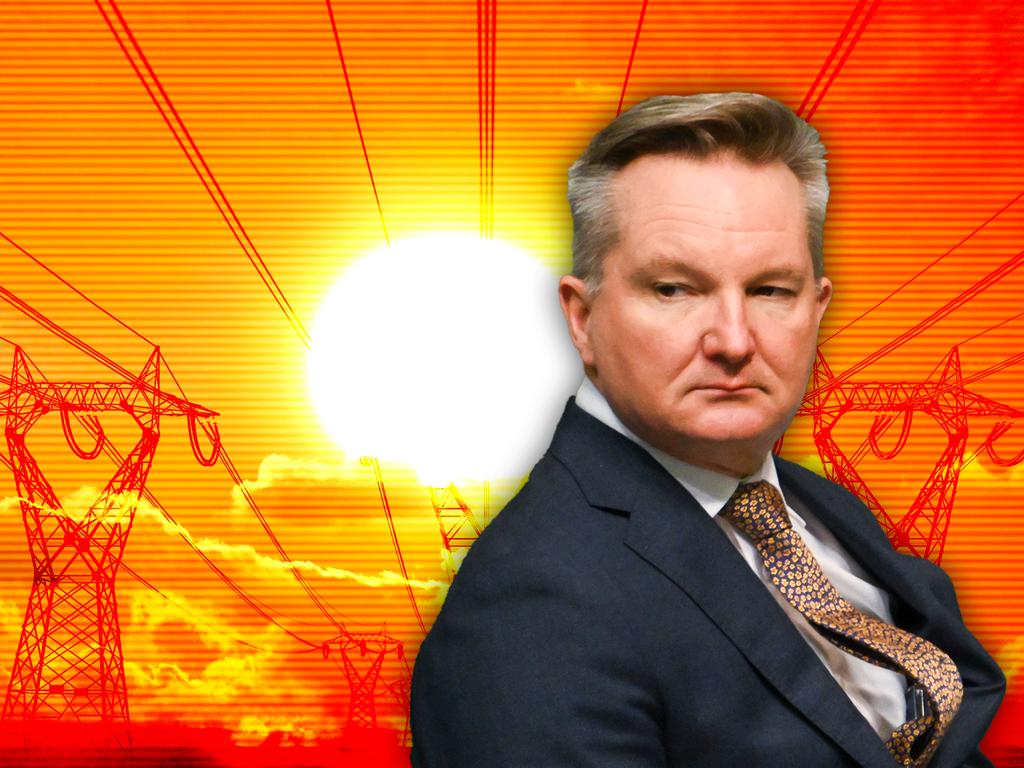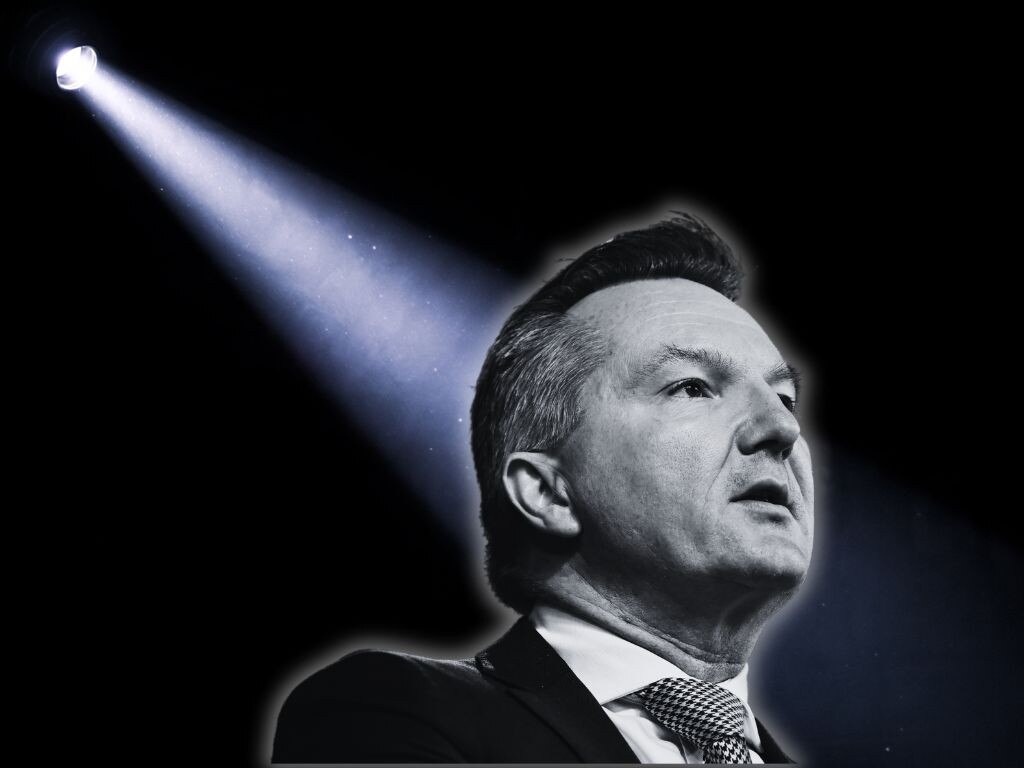
The threat of blackouts just a few days ago sounded an early and ominous warning. It would have been sensible to have the transition plan reviewed by an independent expert panel, as happened in NSW when Premier Chris Minns was elected. Those who had hoped for a plan B would be disappointed that it wasn’t to be.
Labor’s intransigence means we are embarking on a transformation of our energy system with unresolved policy issues and questions left unanswered. This is not an experiment. The energy transition has long-term consequences.
BlueScope is a good example of the problems facing the manufacturing industry. With high energy costs, unrealistic expectations about green steel and ongoing issues with dumped imports, any additional imposts under Labor’s safeguard mechanism will make it only harder for domestic steelmaking to remain competitive.
The situation is problematic enough with the precarious position of the Whyalla steelworks. With Donald Trump’s proposed tariff policies, why wouldn’t BlueScope look to future investment in its US operations? What are the end results of a diminished domestic steel industry?
With our abundance of resources, accepting “demand management” of our electricity supply indicates the fragility of our grid. That’s code for power rationing and load shedding by heavy industry to avoid blackouts. Under Labor’s plans the margin for risk is so small that we can no longer take our energy security for granted.
No spin about reliable renewables should ever be taken at face value. Labor’s obsession to meet its 2030 targets has come at the expense of what should have been Labor’s priority: ensuring that reliable and affordable power replaced coal’s lost capacity.
This government has invested too much store in its modelling. At the policy launch when Anthony Albanese was in opposition, he was asked whether it was possible to deliver the $275 cut to power bills by 2030. He responded: “I don’t think, I know. I know because we have done the modelling.”
That promise, repeated on 97 occasions, was memorable and the first of many to be broken. This intransigence has led us down the “reliable” renewables pathway to economic self-harm.
Now, at the end of Labor’s first term, we are supposed to believe the 43 per cent emissions reduction target underpinned by 82 per cent renewables will be met by 2030. No independent expert advice suggests this will be the case.
Even though Chris Bowen won’t tell you, the main barrier to meeting the targets is there in the Climate Change and Energy Minister’s own words – “there’s no transition without transmission”.
He’s absolutely right. He can’t spin his way out of the fact that having a pipeline of projects, heavily subsidised and underwritten by the taxpayer, means nothing without the necessary transmission and storage infrastructure. That will be the major problem post-election and why it will be impossible to meet the 2030 targets.
Apart from the Snowy 2.0 saga, little is known about the fate of five critical infrastructure projects deemed “urgently needed” by the Australian Energy Market Operator two years ago.
These five projects – HumeLink, Sydney Ring, VNI West, Marinus Link and New England REZ – are all well over budget with the costs of HumeLink now $5bn. After two years, not one of these projects is even at the construction stage. There are serious problems in the making.
How can you embark on an energy transition without knowing how you are going to guarantee gas supply and without resolving internal conflicts? We still don’t know Labor’s plan to address structural gas shortages.
Australia has withdrawn from an international forum that had provided the opportunity for collaboration on next-generation nuclear systems. With Labor conflicted about gas and ruling out nuclear, how will reliability of supply be assured and energy security guaranteed in an increasingly vulnerable electricity grid? There’s no rational reason for maintaining a ban on nuclear energy. It should be lifted.
Labor’s intransigence comes with an added complexity: the disconnect with Labor’s traditional base, evidenced in the voice referendum results. Every booth in the boundaries of the Throsby seat voted No. In Labor’s regional heartland in the Illawarra, the No vote in Whitlam was 64.2 per cent and in the two Hunter seats 70 per cent. Of the 26 Labor-held seats in NSW, 20 voted No.
The significance of this appears to have been missed by Labor. It’s easier to shoot the messenger or infer that people’s values have changed should they express their differences with Labor’s policies.
Labor needs to understand that the old political paradigms are under pressure. Recent polling confirms this trend. Whether the referendum result in Labor’s case was a one-off or more endemic remains to be seen. One thing is certain, however. Energy policy and cost of living will be front of mind when people cast their vote.
Jennie George is a former ACTU president and federal Labor member for Throsby.







The Labor government has made clear it doesn’t intend any change to its renewables energy transition.